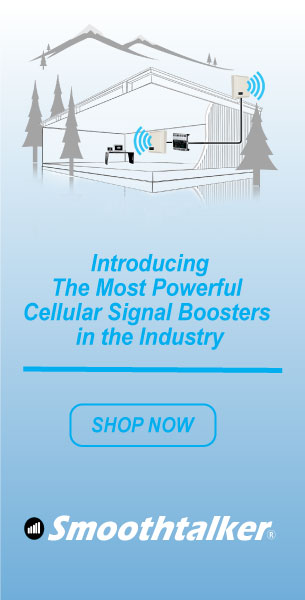
Why Is My Cell Service Suddenly So Bad? Top Reasons Explained
Any decline in cell service can be a frustrating and perplexing experience.
Whether you’re in the midst of an important call, trying to send a time-sensitive message, or simply browsing the internet, encountering poor cell service can disrupt your day and leave you searching for answers.
While there are many reasons behind a sudden decline in cell service quality, several common factors are often at play.
Network Congestion:
- One of the most common reasons for deteriorating cell service is network congestion. As more people rely on mobile devices for various tasks, cellular networks become strained, especially in densely populated areas or during peak usage times. When too many devices are attempting to connect to the same cell tower simultaneously, it can lead to slower data speeds, dropped calls, and reduced performance.
Physical Obstructions:
- Your proximity to cell towers and any physical obstructions between you and the nearest tower can significantly impact signal strength. Tall buildings, mountains, dense foliage, and even weather conditions like heavy rain or snow can obstruct signals, causing signal degradation or complete loss of connectivity. If you’ve recently moved to a new location or changed your usual surroundings, these physical barriers may be the culprit behind your poor cell service.
Technical Issues:
- Cell service disruptions can also stem from technical issues within the cellular network infrastructure. Faulty equipment, software glitches, or maintenance work being carried out by your cellular provider can lead to temporary service outages or degraded performance. Additionally, if your device is outdated or experiencing hardware problems, it may struggle to maintain a stable connection to the network.
Interference:
- Interference from other electronic devices or nearby radio frequencies can interfere with cellular signals, causing disruptions in service quality. Common sources of interference include household appliances, Wi-Fi routers, and electronic equipment operating on similar frequencies. If you’ve recently introduced new electronics into your environment or noticed changes in nearby infrastructure, they could be interfering with your cell service.
Carrier Coverage:
- Not all cellular carriers offer the same level of coverage in every area. If you’ve recently traveled to a location where your carrier has limited coverage or poor reception, you may experience a sudden decline in cell service quality. Factors such as geographic terrain, carrier network infrastructure deployments, and distance from the cellular tower can all influence the extent and reliability of cellular coverage in a given area. When you find you have poor or no coverage during driving or in a home or building you can consider using a brand name cell phone signal booster system which can improve voice and data even in the most remote locations.
Network Upgrades or Outages:
- Cellular providers regularly perform network upgrades and maintenance activities to improve service quality and capacity. While these upgrades are intended to enhance the overall user experience, they can temporarily disrupt service in certain areas. Similarly, unexpected outages due to equipment failures, natural disasters, or other unforeseen circumstances can lead to sudden drops in cell service reliability.
Device Settings and Software Updates:
- Changes to your device settings or recent software updates can inadvertently affect its ability to connect to cellular networks. Incorrect network configurations, outdated software, or incompatible settings may prevent your device from accessing available networks or maintaining a stable connection. Ensuring that your device’s software is up to date and verifying that its network settings are correctly configured can help mitigate these issues.
Physical Damage or Environmental Factors:
- Physical damage to your smartphone’s antenna or other internal components can compromise its ability to receive and transmit cellular signals effectively. Additionally, extreme environmental conditions such as excessive heat or moisture exposure can damage electronic devices and degrade their performance over time. If you suspect that physical damage or environmental factors are contributing to your poor cell service, inspecting your device for signs of wear and taking appropriate protective measures may help alleviate the issue.
In conclusion, a sudden decline in cell service can be attributed to a variety of factors, ranging from network congestion and physical obstructions to technical issues and carrier coverage limitations.
By understanding the potential reasons behind poor cell service and taking proactive steps to address them, such as optimising device settings, staying informed about network upgrades, and exploring alternative connectivity options, you can minimise disruptions and ensure a more reliable mobile experience.
If persistent issues persist despite your efforts, contacting your cellular provider for assistance or seeking professional advice may be necessary to resolve the underlying causes of your cell service woes.
If you’re experiencing spotty cell service we can help! Smoothtalker has been the leading cell phone signal booster manufacturer for over 24 years. You can reach out to us at 1-877-726-3444 or through email at [email protected]


